Mullet fishing with fixed rod
In summer many freshwater fishermen flock to the Italian coasts to fish in the sea. This happens for various reasons. Holidays in seaside resorts, first of all, are usually a useful opportunity to encounter salt water. It is the most awaited event for those who have always fished in fresh water and want to try something new, also taking advantage of the fact that no license is required for the sea. Those who don't go on holiday to the seaside but still choose to tackle it are certainly driven by curiosity. The desire to deal with a different environment, where many freshwater techniques can be applied without particular difficulties. Finally there is also the case of those who, now tired of fishing in fresh water, want to live an experience at sea, because in it they find the right environment in which to relax and collect alternative catches to carp and crucian carps.
Mullet fishing
An opponent that many want to fight is the chub's brother: the mullet. We are allowed some poetic license, because the mullet, also called mullet, is compared by many to the chub, both for a scientific question (squalius cephalus for the chub - mugil cephalus for the mullet), and for physiognomy. Indeed, the two preys look similar and in some watercourses, in the terminal reaches, it is possible to encounter them together, in the same spot. The mullet, in fact, is a euryhaline, so it can swim up river mouths and adapt even to low concentrations of salinity in the water. He is a skilled swimmer. It has a muscular body, a compromised head and good fins, which allow it to be agile and combative until the end. It is present uniformly throughout the peninsula and frequents heterogeneous environments: ports, cliffs, beaches, mouths. That said, it seems almost obvious why many freshwater anglers choose to focus their attention on mullet. It is done because many people fish for chub in rivers and lakes with a fixed rod or a Bolognese rod. It is therefore a natural step for many tourists on holiday to try to catch the mullet: astute, cunning, combative just like a chub. And why not, also good to eat, if obviously caught in crystal clear waters and without pollution.
Fixed rod: characteristics and lines for fishing for mullet
A "classic" of sea fishing in the summer months is fishing for mullet (or mullet - whatever you want to call it) with a fixed rod. A return to origins or a sporting decision, which leaves more room for escape for the prey and less chance of victory for the fisherman. The fixed rod for mullet fishing must have a length varying between 7 and 10 metres. A 7/8 meter works more or less everywhere; the 9 and 10 meters are suitable for ports with great depths, or outside piers or high cliffs. Obviously, for such long rods, the construction material of the tool is determined. High modulus carbon rods can certainly be fine for a few hours of fishing but, if the objective is to fish for half a day or in the morning and afternoon, a fixed very high modulus carbon rod is practically mandatory. Not only for a question of weight and balance, but for the action: the higher the modulus of the carbon, the more pronounced the tip action will be, necessary to counteract the fast escapes of the mullet.
Fishing line with fixed rod
There is an almost universal rig for fishing for mullet. It might seem simple, within reach of a novice, almost like a "cigarette smoke". Let's see it together. First of all, it is necessary to unroll an amount of line along almost the entire length of the rod. For example, on an 8 metre, it will be necessary to unwind approximately 7.20 meters of a good 0.14/0.16 which will act as the main line. We will pass along the beam a fishing float equal to 1.5/2 grams, drop-shaped for calm waters or carrot-shaped for rough waters. Subsequently we will insert a 1.5/2 gram torpille. And again, we will close the main line with a micro-hook or a very small swivel. Up to this point there should be no complexity in making the line. As regards the terminals, cut a piece of 0.10/0.12 equal to 100/120 centimetres. On both ends, tie two 18/20 long shank hooks. Finally, form a buttonhole on the end, which will make one armrest longer and one shorter. Pass the buttonhole through the swivel, then continue doing the same operation with the terminals. The game is done! Tips for mullet fishing The first commandment once you arrive at the fishing spot is to probe. The mullet tends to eat on the bottom. The operation is therefore essential to ensure a successful catch. Then dedicate yourself to groundbait. For 3 or 4 hours of fishing, 1 kg of fine-grained mullet groundbait, 250/300 grams of breadcrumbs and 100 grams of cheese are more than sufficient. The additional ingredients are available in the supermarket, while convenient bags of mullet groundbait ranging from 1 to 5 kg can be purchased on the market. Once the groundbait has been prepared, throw it into the water with balls the size of an orange, which will then become smaller, like a tangerine or a walnut. The best bait to start fishing for mullet is the pan carrè or the pan bauletto/pan bianco. The difference is in the softness. The loaf repels water more, therefore offers larger balls but less resistance to the hook. Pan bauletto or pan bianco is softer, absorbs more water but does not allow you to obtain very voluminous wads. However, despite this characteristic, the pan bauletto resists the hook particularly well. And you'll probably find it easier to trigger. However, try both to evaluate the fishing performance. One last detail is necessary: a good landing net, with couplings or telescopic, will be useful for recovering the mullet (or mullets in the case of a double) after the fights. However, we advise against setting sail on the fly. Mullets have very delicate mouthparts, so they risk unhooking themselves.
The smattering for mullet fishing is complete. Now all you have to do is plan your fishing trips on holiday and have fun with Mr. Cefalo!

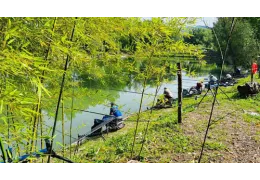
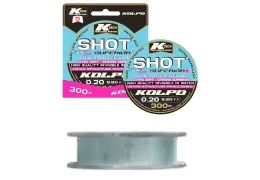
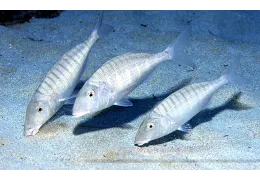
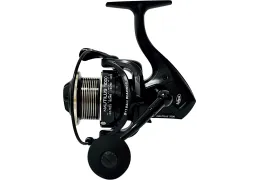
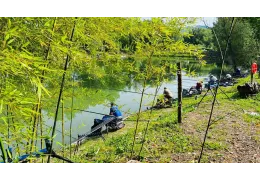
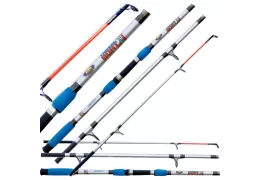
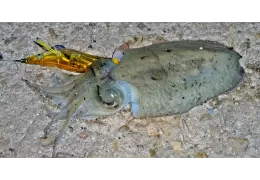
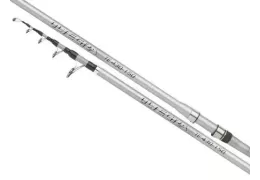
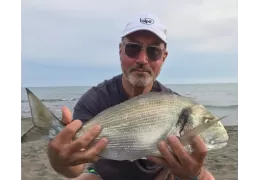


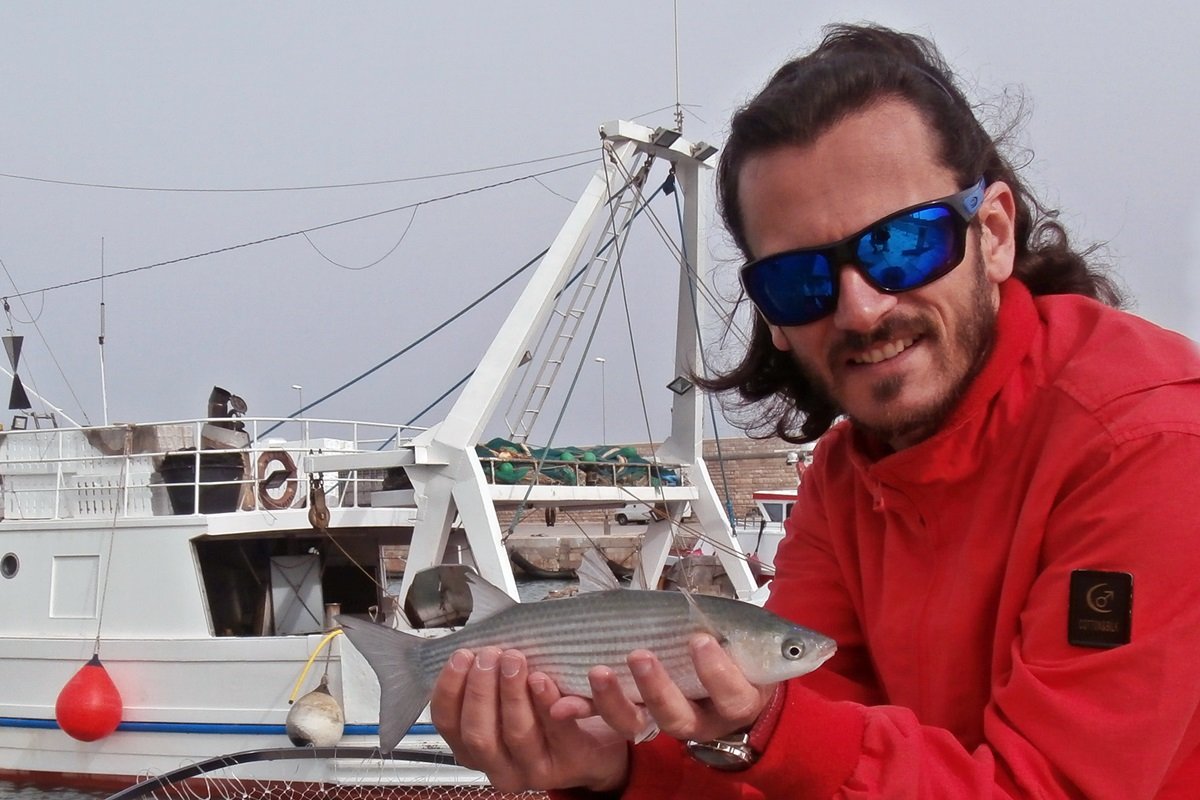
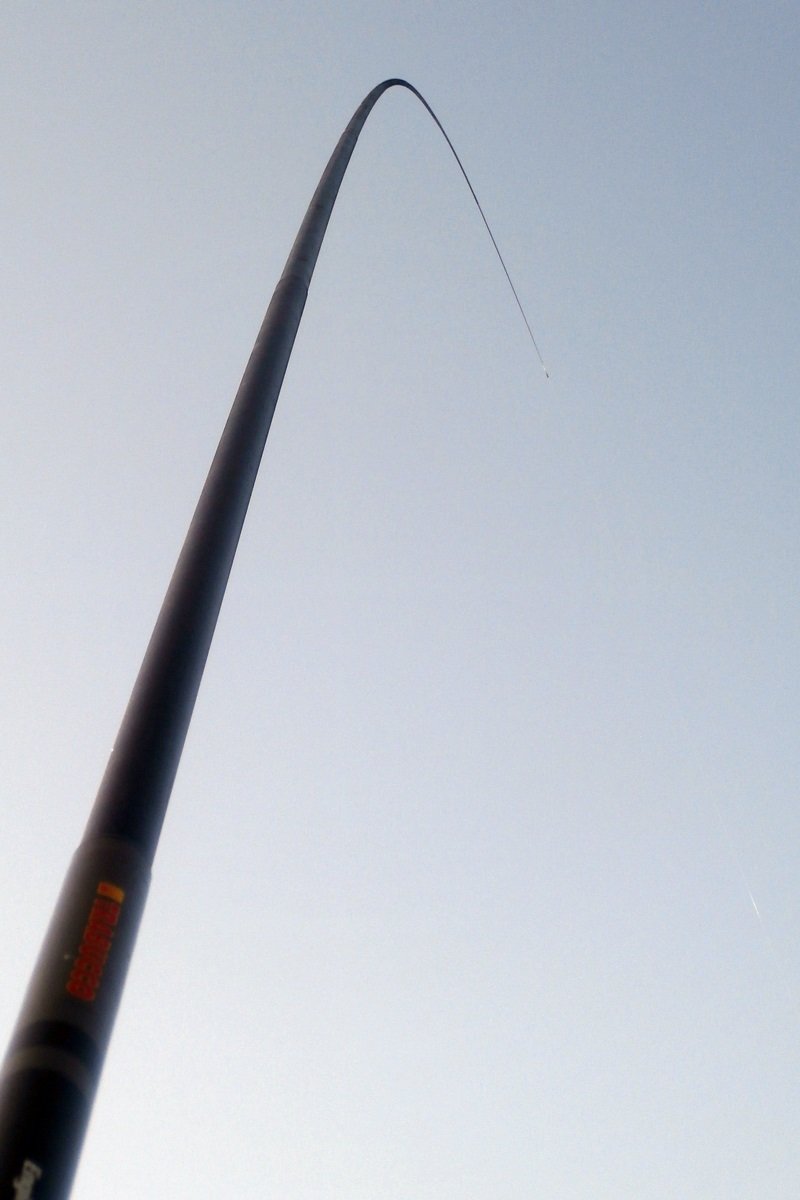
Leave a comment
Log in to post comments